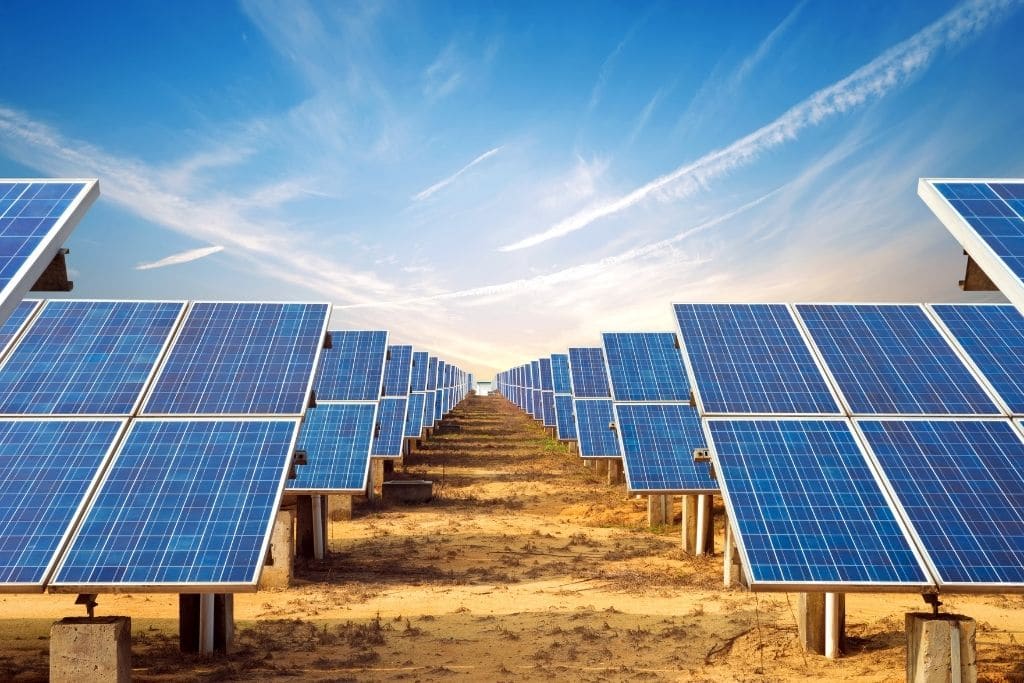
As we step into 2024, the solar energy industry is set for another transformative year. With technological advancements and growing environmental awareness, solar energy continues to be a driving force in the global transition to sustainable energy. Here’s a look at some exciting trends in solar energy and solar panels that are shaping the landscape this year.
1. Innovative Solar Panel Technologies
Perovskite Solar Cells
One of the most promising advancements in solar panel technology is the development of perovskite solar cells. These materials offer a cheaper and more efficient alternative to traditional silicon-based solar cells. In 2024, we expect to see increased commercial applications of perovskite solar cells, thanks to their potential for high efficiency and low production costs.
Bifacial Solar Panels
Bifacial solar panels, which capture sunlight on both sides, are gaining popularity due to their ability to produce more energy than traditional panels. This technology maximizes solar energy capture by utilizing reflected sunlight from the ground, making it an ideal choice for large-scale solar farms and rooftop installations.
2. Smart Solar Solutions
Integration with Smart Grids
The integration of solar energy systems with smart grids is a game-changer in 2024. Smart grids enable efficient energy management by using data and automation to optimize energy distribution. Solar energy systems connected to smart grids can store excess energy and distribute it when demand is high, enhancing grid reliability and reducing costs.
IoT-Enabled Solar Panels
The Internet of Things (IoT) is making solar panels smarter than ever. IoT-enabled solar panels can monitor performance, detect faults, and optimize energy production in real-time. These advancements not only improve the efficiency of solar panels but also provide valuable insights for maintenance and energy management.
3. Sustainability and Recycling Initiatives
As solar panel installations grow, so does the need for sustainable end-of-life solutions. In 2024, the focus is on recycling initiatives to manage solar panel waste. Companies are developing innovative recycling techniques to recover valuable materials from used panels, reducing environmental impact and promoting a circular economy.
4. Expansion of Solar Energy Storage
Energy storage solutions are crucial for maximizing the benefits of solar energy. In 2024, the expansion of solar energy storage technologies is set to accelerate. Advanced battery systems, such as lithium-ion and emerging solid-state batteries, are becoming more affordable and efficient, allowing homeowners and businesses to store solar energy for use during cloudy days or peak demand hours.
5. Policy and Incentive Support
Governments worldwide continue to support solar energy through favorable policies and incentives. In 2024, we expect to see increased investment in solar infrastructure and research, along with tax credits and subsidies for solar panel installations. These initiatives aim to make solar energy more accessible and affordable for individuals and businesses.
6. Community Solar Projects
Community solar projects are gaining momentum as a way to make solar energy more inclusive. These projects allow individuals and businesses to invest in a shared solar energy system and receive credits on their electricity bills. In 2024, more community solar initiatives are expected to emerge, providing opportunities for those who cannot install solar panels on their properties to benefit from clean energy.
Blockchain Technology in Peer-to-Peer Solar Energy Trading
The rise of solar energy as a key player in the renewable energy sector is transforming how we produce and consume electricity. One of the most exciting developments in this field is the use of blockchain technology to facilitate peer-to-peer (P2P) solar energy trading. This innovative approach leverages blockchain’s decentralized and transparent nature to empower individuals and communities to trade solar energy directly with one another. Let’s explore how blockchain is revolutionizing P2P solar energy trading and what this means for the future of solar panels and renewable energy.
Understanding Peer-to-Peer Solar Energy Trading
P2P solar energy trading allows individuals with solar panels to sell excess energy they generate to their neighbors or other consumers on the grid. Traditionally, solar panel owners could only sell their surplus energy back to the grid at a set rate. However, P2P trading enables them to negotiate prices and trade directly with other users, creating a more dynamic and potentially profitable energy market.
The Role of Blockchain in P2P Energy Trading
Blockchain technology is the backbone of this new energy trading paradigm. Here’s how it supports P2P solar energy trading:
1. Decentralization
Blockchain eliminates the need for a central authority, such as a utility company, to oversee and manage energy transactions. This decentralization empowers individuals to participate directly in the energy market, reducing costs and increasing efficiency.
2. Transparency and Security
Every transaction on a blockchain is recorded in a transparent and tamper-proof ledger. This ensures that all parties involved in energy trading can trust the process, as all trades are visible and immutable. The enhanced security of blockchain also protects against fraud and unauthorized access.
3. Smart Contracts
Smart contracts are self-executing contracts with the terms of the agreement directly written into code. In P2P solar energy trading, smart contracts automate the execution of trades once certain conditions are met, such as price agreements or energy availability. This reduces the need for intermediaries and speeds up the trading process.
Benefits of Blockchain-Based P2P Solar Energy Trading
1. Increased Accessibility
Blockchain technology democratizes access to solar energy trading. Homeowners with solar panels can easily enter the energy market, while consumers can purchase locally produced solar energy at competitive prices.
2. Cost Efficiency
By cutting out intermediaries, blockchain reduces transaction costs associated with traditional energy trading. This can result in better prices for both sellers and buyers, making solar energy more financially attractive.
3. Enhanced Grid Stability
P2P trading encourages localized energy production and consumption, reducing the strain on centralized power grids. This can lead to improved grid stability and resilience, especially during peak demand periods.
4. Environmental Impact
Promoting the use of solar panels through P2P trading supports the transition to renewable energy sources, reducing reliance on fossil fuels and lowering carbon emissions. The widespread adoption of solar energy helps combat climate change and fosters a more sustainable future.
Real-World Examples and Future Outlook
Several pilot projects worldwide are exploring the potential of blockchain-based P2P solar energy trading. For example, in Brooklyn, New York, the Brooklyn Microgrid project allows residents to trade solar energy using blockchain technology. Similarly, projects in Australia and Europe are testing the viability of this innovative approach.
As technology advances and regulatory frameworks evolve, blockchain-based P2P solar energy trading is poised for significant growth. The combination of solar panels and blockchain technology offers a promising path towards a decentralized and sustainable energy future.
The solar energy industry is set for an exciting year in 2024, with technological innovations, smart solutions, and sustainable practices leading the way. As solar energy becomes more accessible and efficient, it plays a crucial role in the global shift towards renewable energy sources. Whether you’re considering solar panels for your home or interested in the broader impact of solar energy, these trends offer a glimpse into the bright future of solar power. Stay tuned as we continue to harness the sun’s energy and pave the way for a sustainable future!


